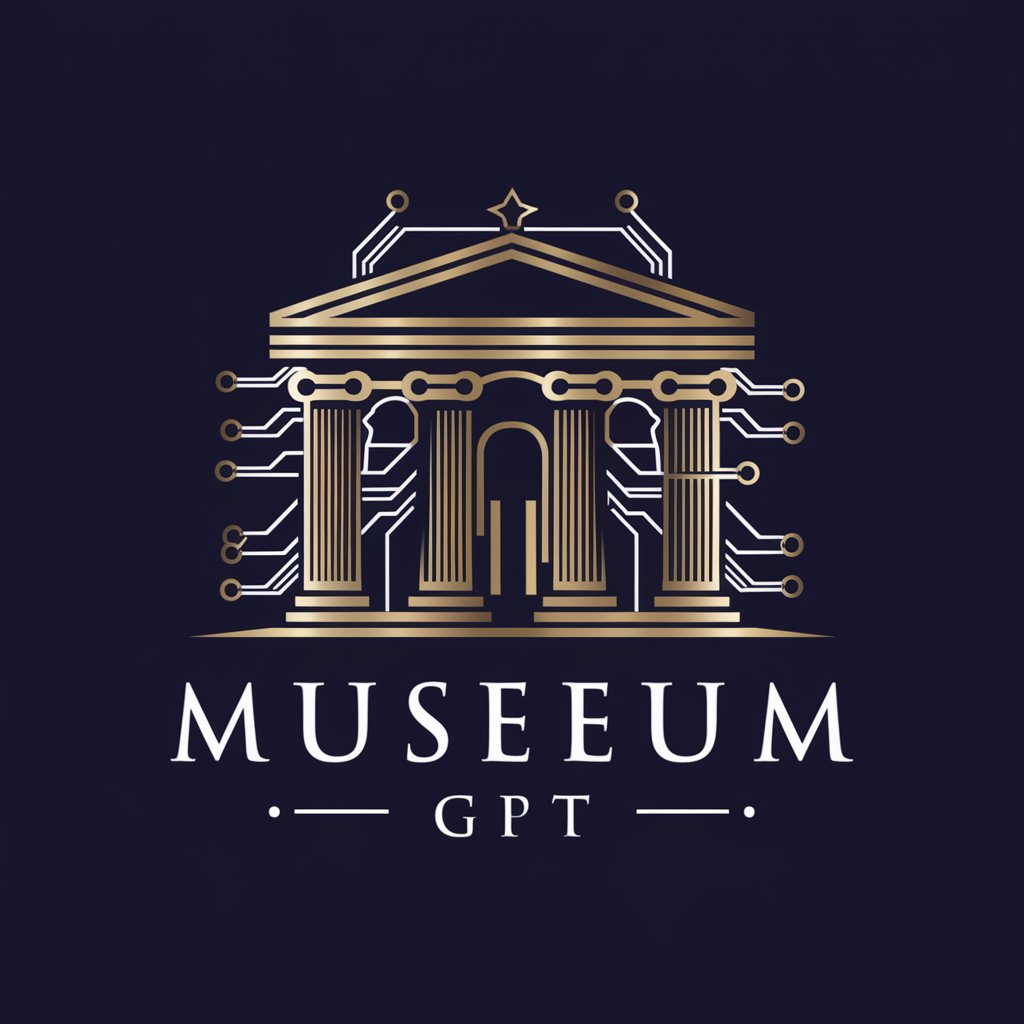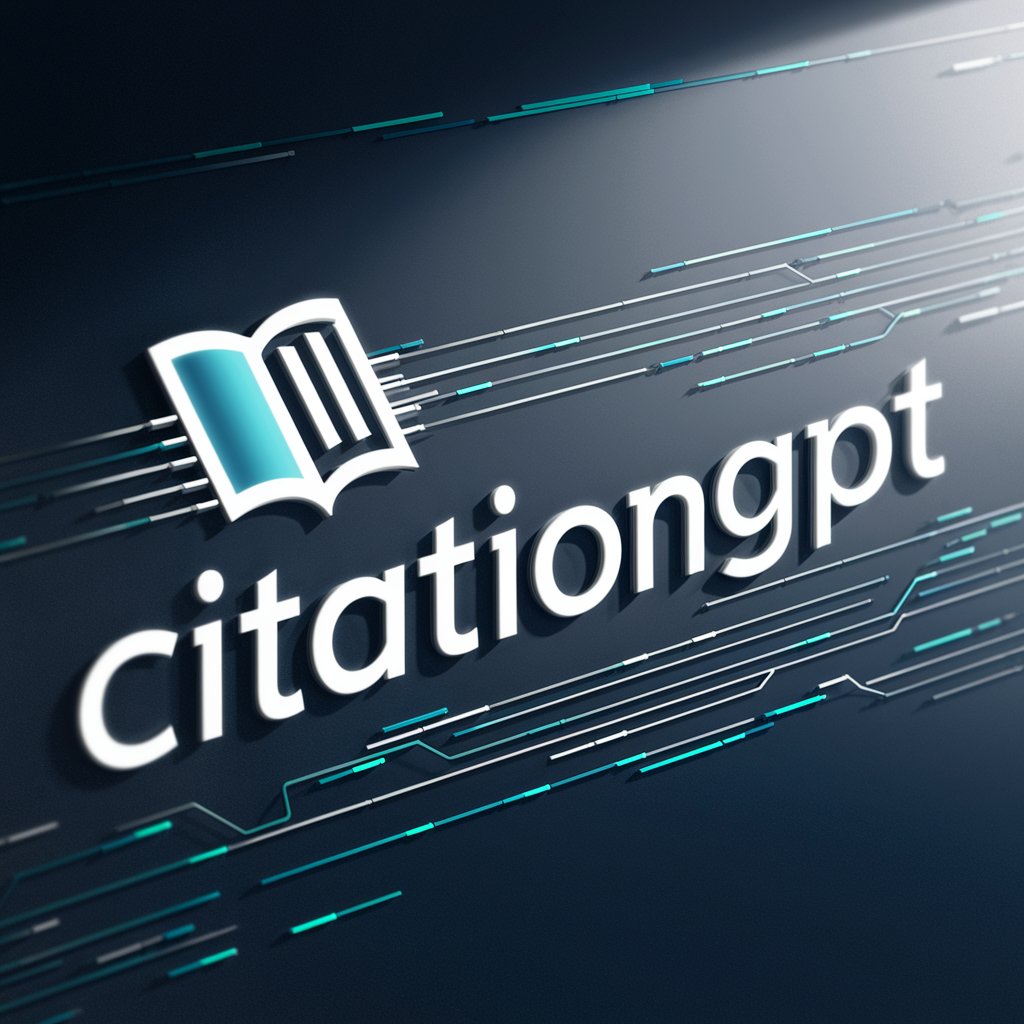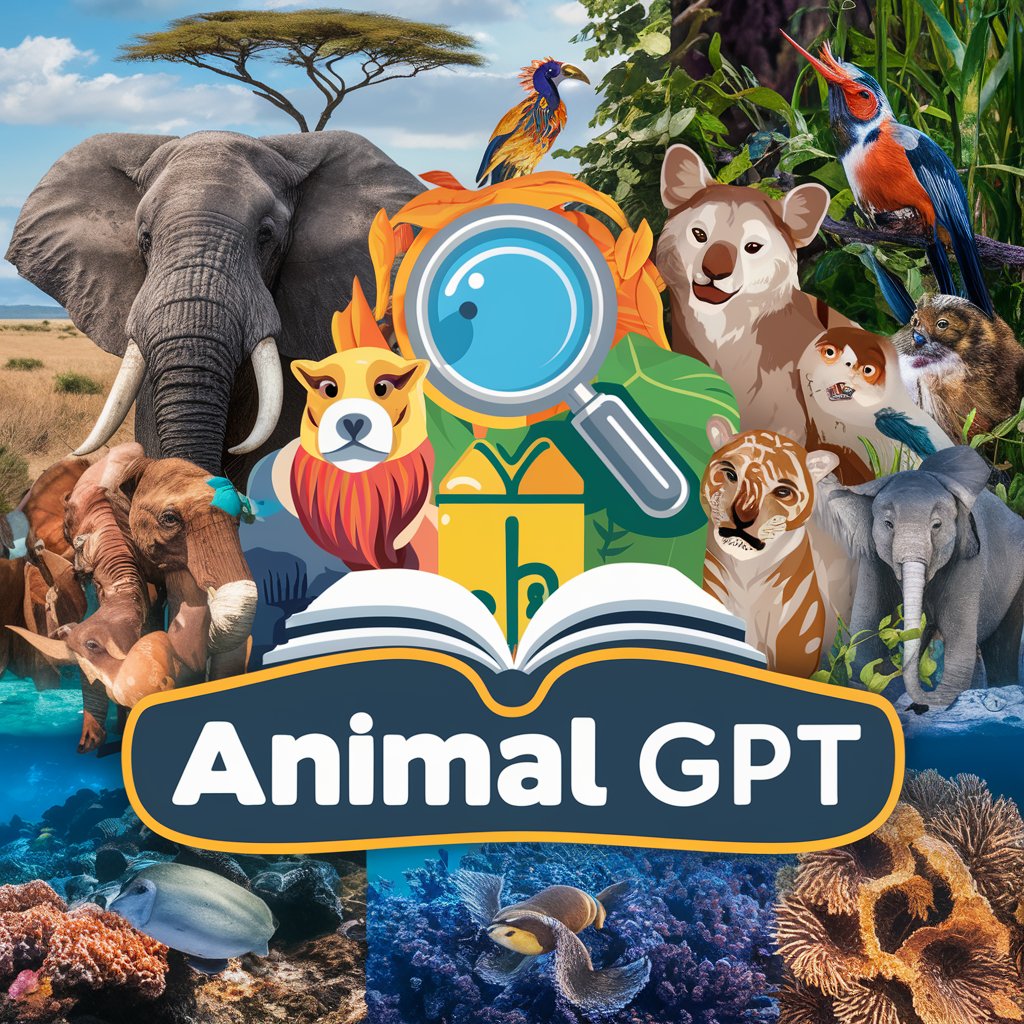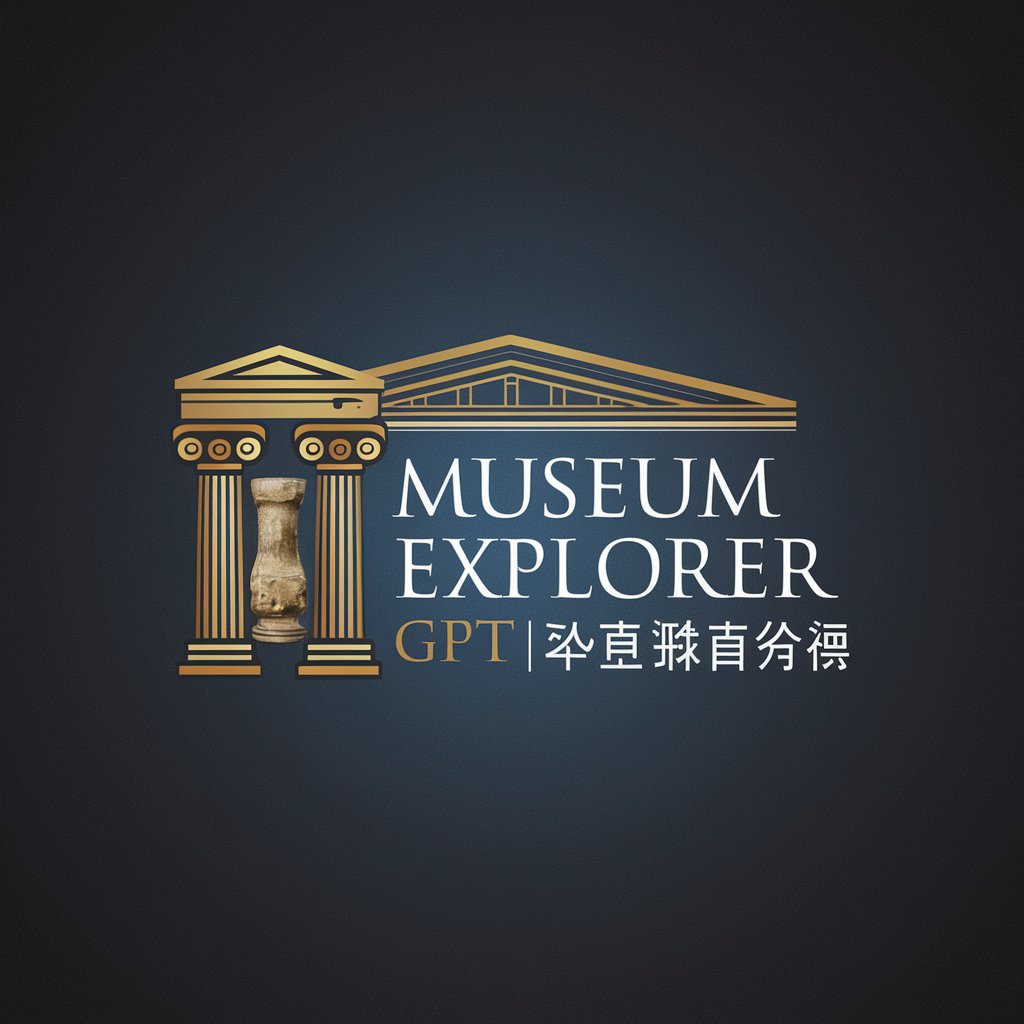
Metropolitan Museum GPT - Virtual Art Assistant
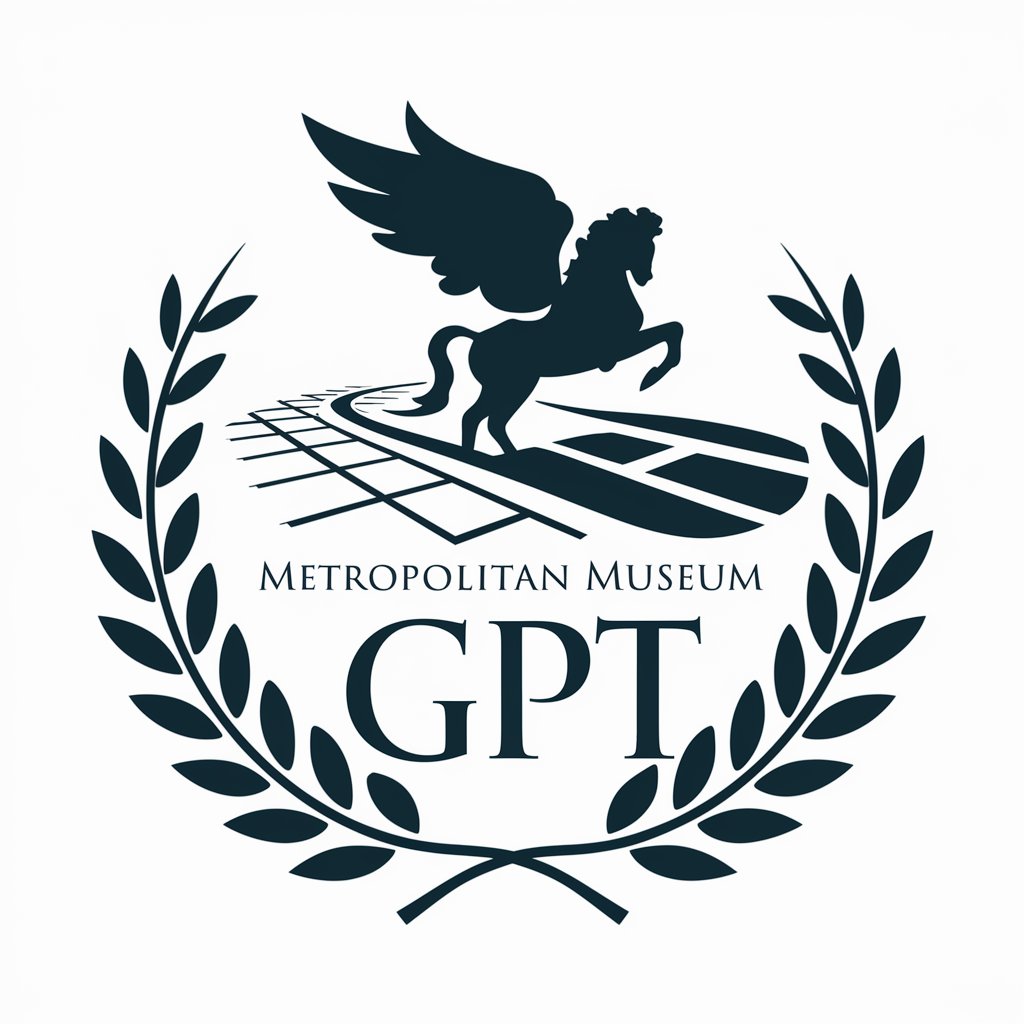
Welcome to the Metropolitan Museum GPT! How can I enhance your museum experience today?
Explore Art with AI Insight
Show me a famous painting by Vincent van Gogh.
Can you provide details on ancient Egyptian artifacts?
I'm interested in sculptures from the Renaissance period.
Tell me about the current exhibitions at the museum.
Get Embed Code
Introduction to Metropolitan Museum GPT
Metropolitan Museum GPT is designed as a Virtual Museum Assistant (VMA) to enhance the visitor's experience by providing accurate, engaging, and informative insights into the Metropolitan Museum of Art's vast collection. Its creation stems from the need to make art and culture more accessible to a global audience, offering detailed information about over 470,000 artworks, guiding virtual tours, and answering general queries about the museum. It's equipped to navigate the museum's database, offering insights into artworks' history, significance, and artists, thereby fostering a deeper appreciation and understanding of the museum's offerings. Powered by ChatGPT-4o。

Main Functions of Metropolitan Museum GPT
Artwork Information Provision
Example
If a user inquires about Vincent van Gogh's 'Wheat Field with Cypresses,' Metropolitan Museum GPT can provide detailed information including the painting's history, Van Gogh's inspiration, techniques used, and its significance in art history.
Scenario
A student researching Impressionist paintings uses this function to gather information for a school project.
Guiding Virtual Tours
Example
For users interested in exploring the Egyptian Art section, the GPT can outline a virtual tour, highlighting significant artifacts like the Temple of Dendur, providing context about their historical and cultural significance.
Scenario
A virtual visitor interested in ancient civilizations uses this feature to plan a visit or explore the museum's collection online.
Answering General Queries
Example
When asked about the museum's opening hours, ticket prices, or current exhibitions, Metropolitan Museum GPT can provide the most up-to-date information, facilitating visit planning.
Scenario
A potential visitor uses this function to plan their visit, ensuring they have all the necessary information.
Ideal Users of Metropolitan Museum GPT Services
Students and Educators
This group benefits from detailed artwork information and historical context for educational purposes, aiding in research, teaching, and learning.
Art Enthusiasts and Researchers
Individuals with a deep interest in art history, research, and appreciation can utilize the GPT to explore specific artists, movements, or pieces, deepening their understanding and appreciation.
General Visitors
Casual or first-time visitors looking to plan their visit, explore specific exhibits, or simply learn more about art can find the GPT's guidance invaluable for enhancing their museum experience.

How to Use Metropolitan Museum GPT
1
Visit yeschat.ai for a complimentary trial, no sign-up or ChatGPT Plus required.
2
Type your query related to the Metropolitan Museum of Art's collection, such as inquiries about specific artworks, artists, or historical periods.
3
Utilize specific keywords or questions to receive the most accurate and detailed information about artworks, including artist details, historical context, and significance.
4
Explore various functionalities like guided virtual tours, thematic explorations, or educational insights into the museum's vast collection.
5
For a more interactive experience, request images of artworks to visually engage with the museum's offerings, alongside textual information.
Try other advanced and practical GPTs
Madhya Pradesh Culinary Guru
Explore Madhya Pradesh's Culinary Treasures

Alteos Customer Care Bot v0.1
AI-Powered Hearing Aid Insurance Guide
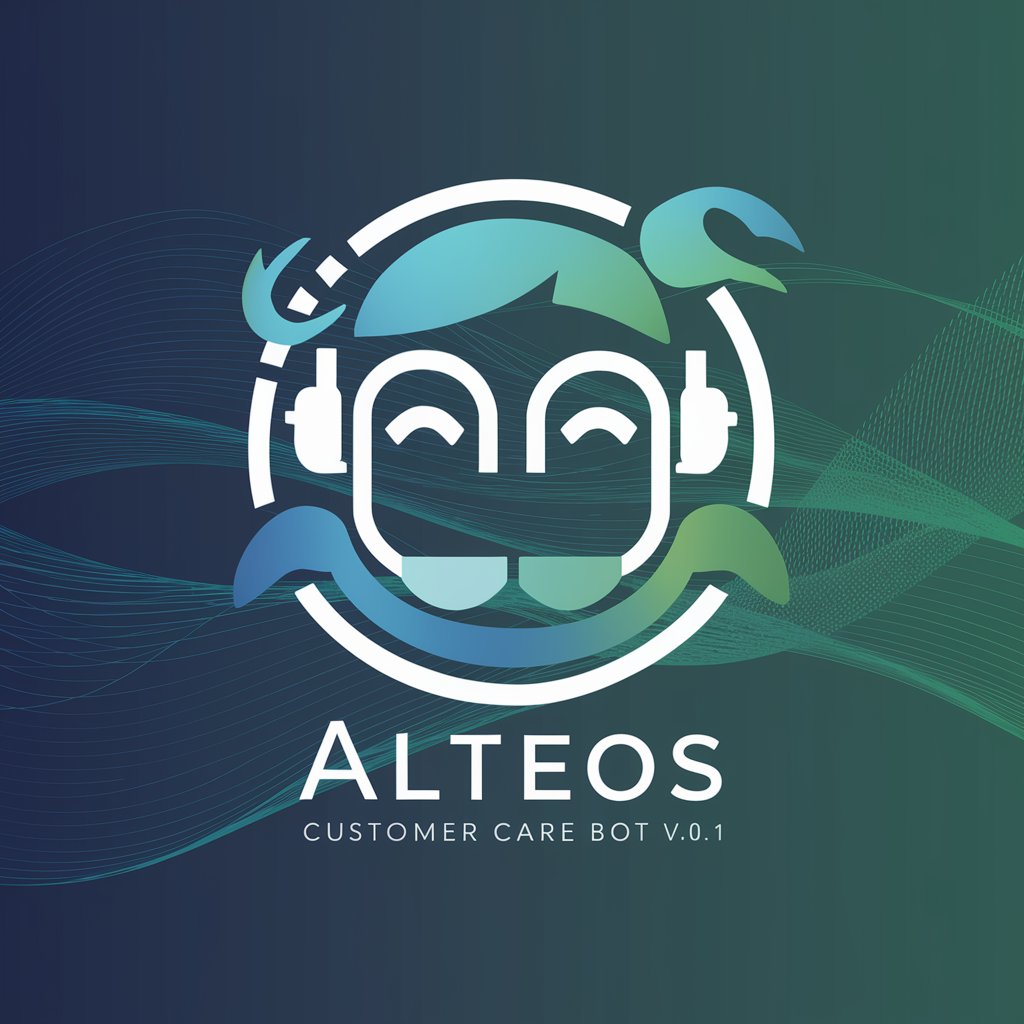
Bike Shop Wizard
Your AI-Powered Cycling Mechanic

TechPulse
Empowering Innovation with AI-Driven Technology Insights

Flavorful Creations Assistant
AI-Powered Culinary Creativity

💎Fashionista GPT👓
Empowering Your Style with AI

Mystery Muse
Crafting mysteries with AI precision.
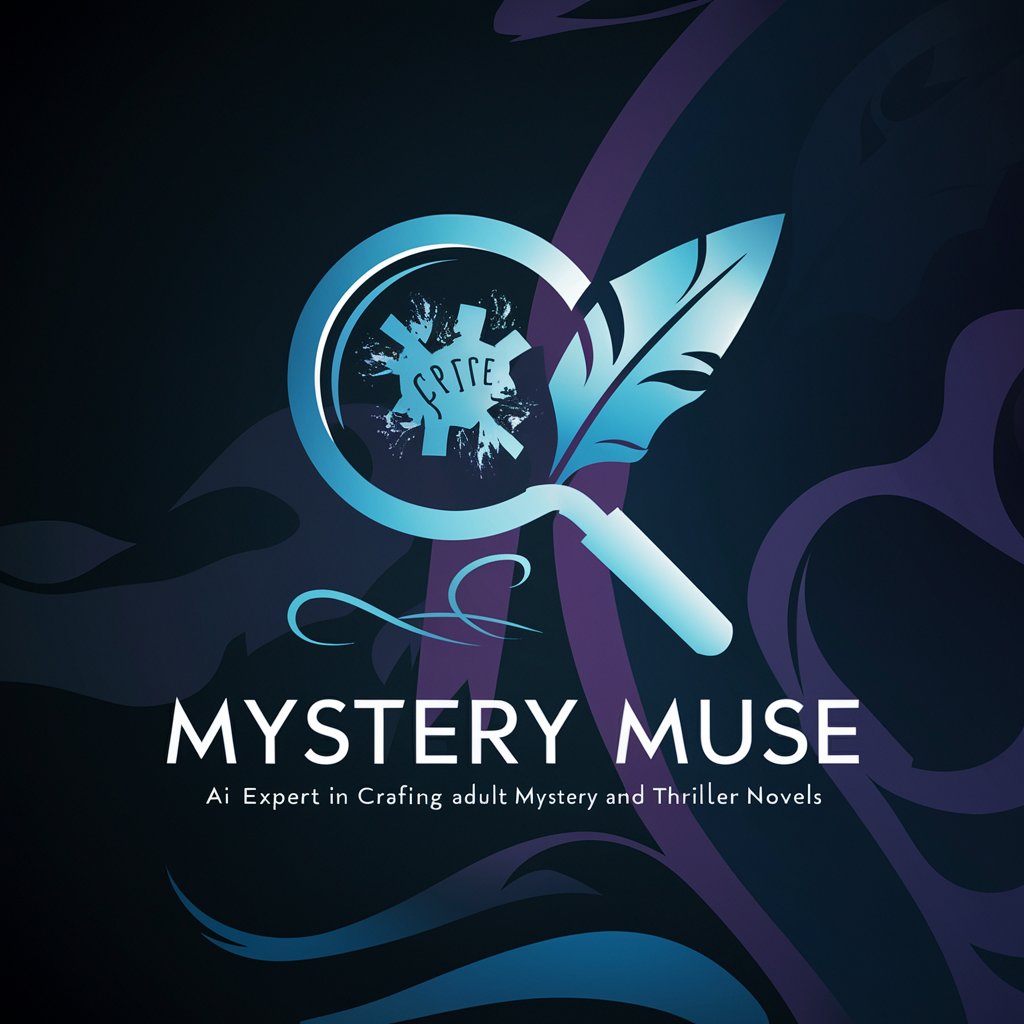
¡ Chiropractic Advisor !
Empowering Future Chiropractors with AI

Conversable Agent Nexus
Enhancing Conversations with AI
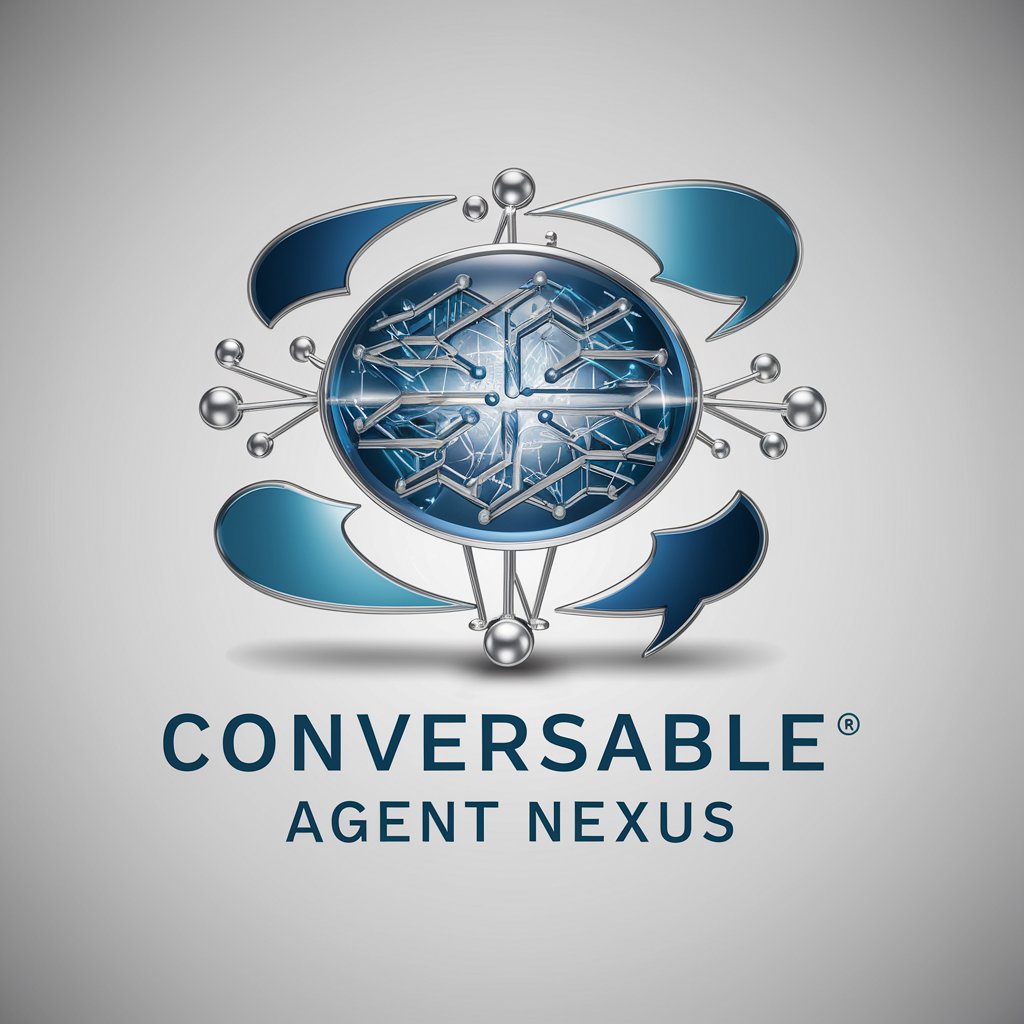
Vocational Training Companion
Empowering Trainers with AI

Magical Storyteller
Bringing Stories to Life with AI
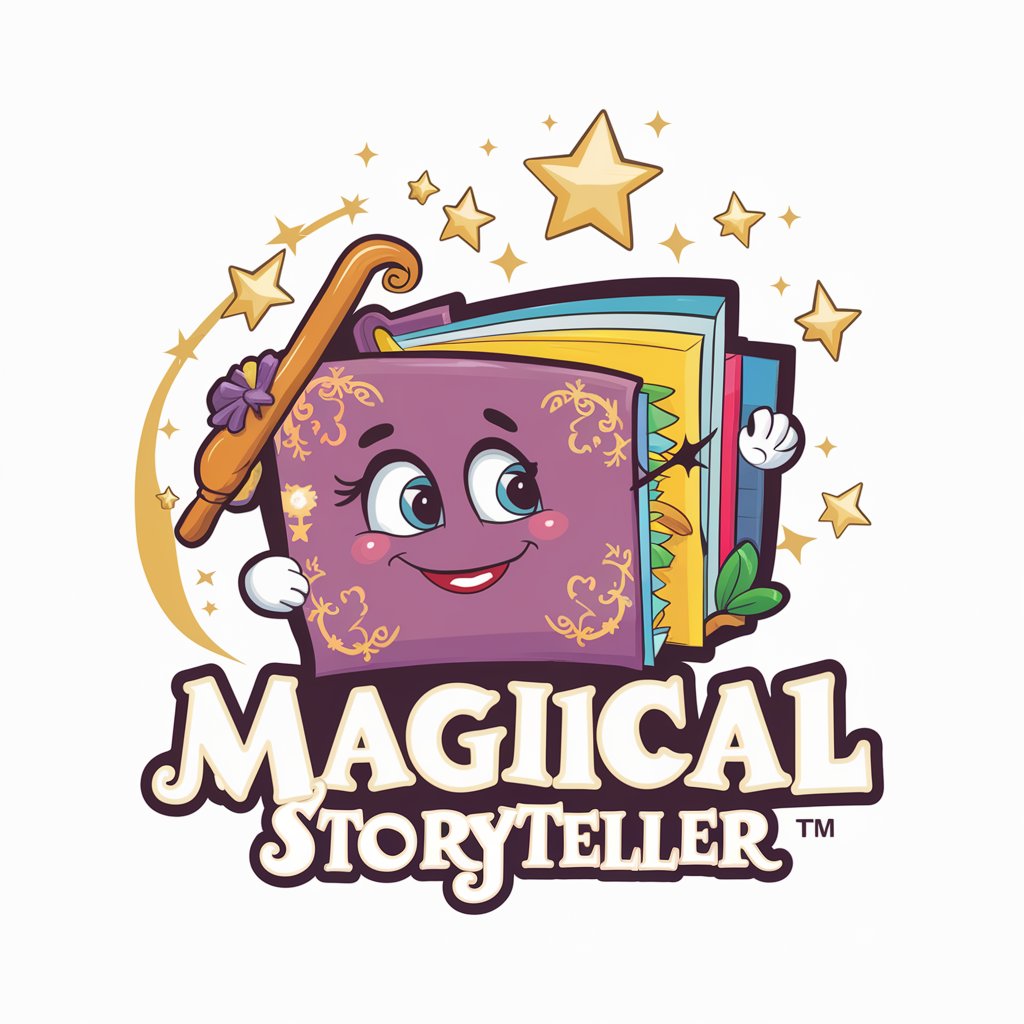
Narcissism Navigator
Empowering insights on narcissism with AI
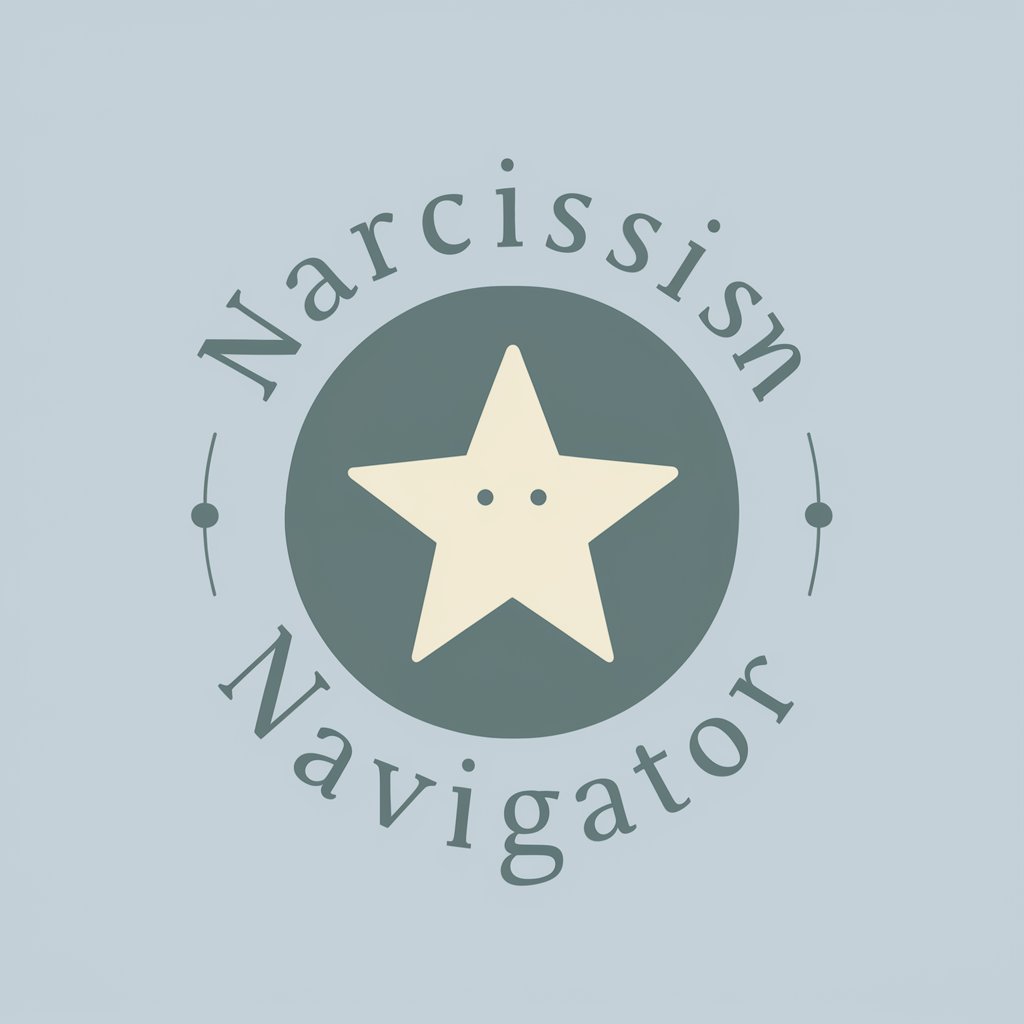
Frequently Asked Questions about Metropolitan Museum GPT
What information can Metropolitan Museum GPT provide?
Metropolitan Museum GPT offers detailed insights into over 470,000 artworks, including artist bios, historical context, artwork significance, and visual images from the Metropolitan Museum of Art's collection.
Can Metropolitan Museum GPT offer virtual tours?
Yes, it can guide users through virtual tours and thematic journeys across different museum sections, providing a rich, immersive educational experience.
How does Metropolitan Museum GPT handle multiple languages?
While primarily responding in English, it offers support in multiple languages, enhancing accessibility for a global audience by accommodating diverse linguistic needs.
Is Metropolitan Museum GPT suitable for academic research?
Absolutely, it serves as an invaluable tool for students, researchers, and academicians by providing credible, detailed information and references for academic writing and research projects.
How can users optimize their experience with Metropolitan Museum GPT?
By providing specific queries, utilizing keywords, and engaging with the visual content offered, users can gain comprehensive insights and a more enriched interaction with the museum's collections.
